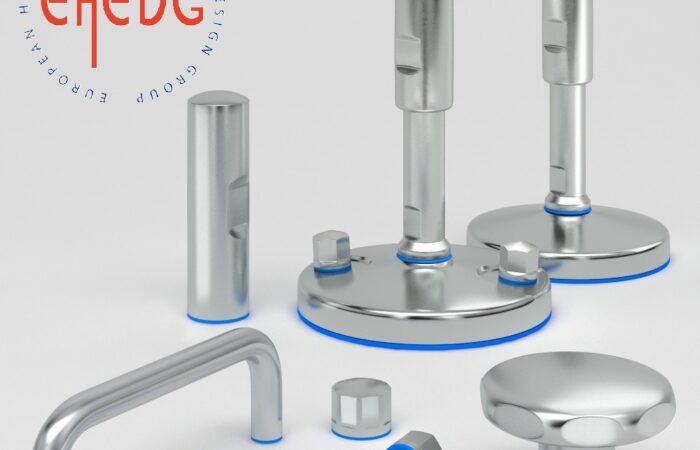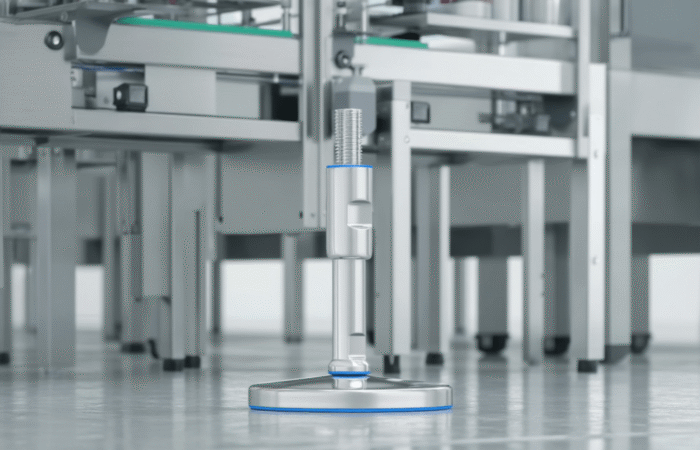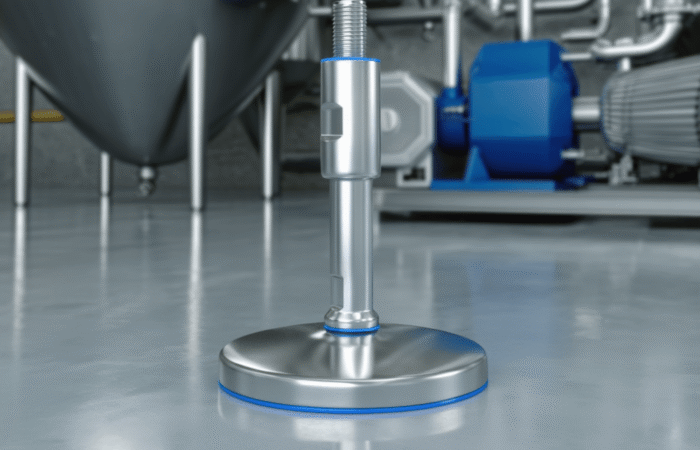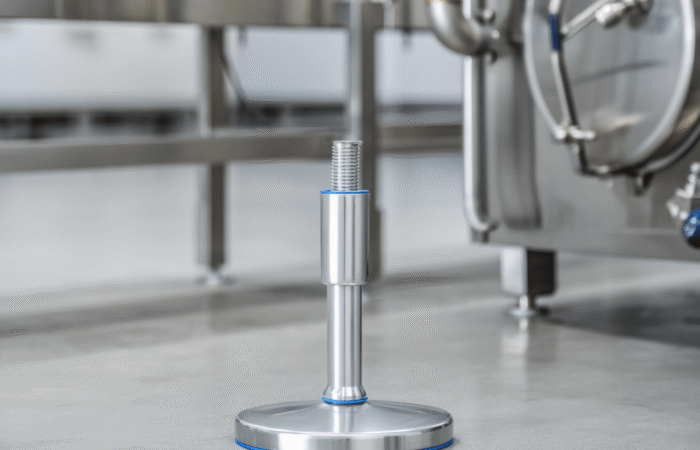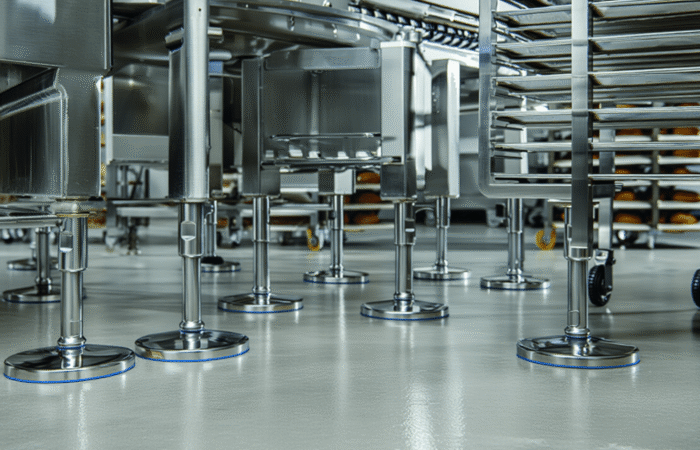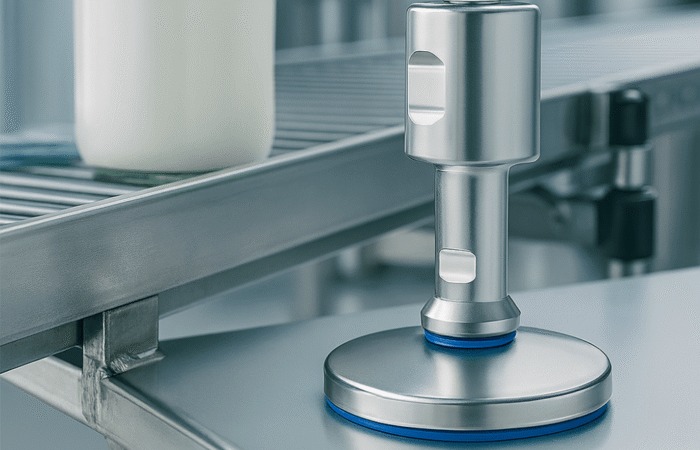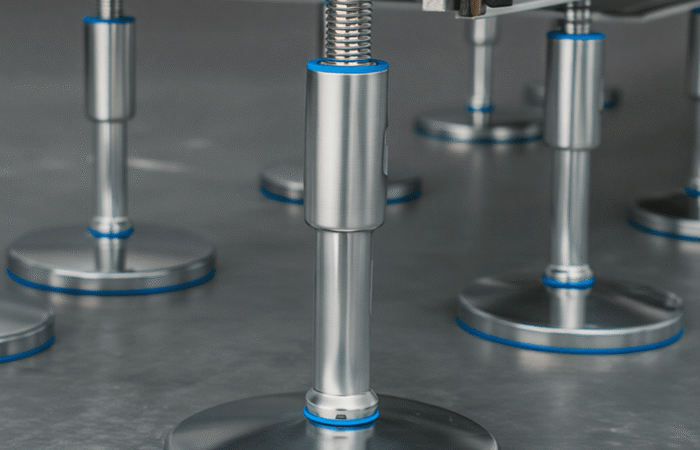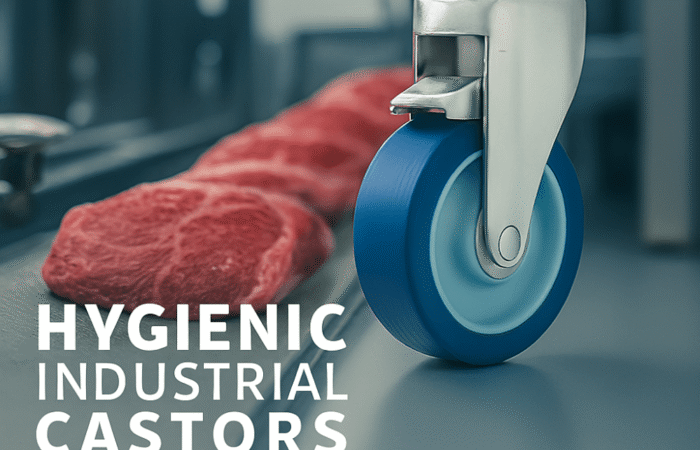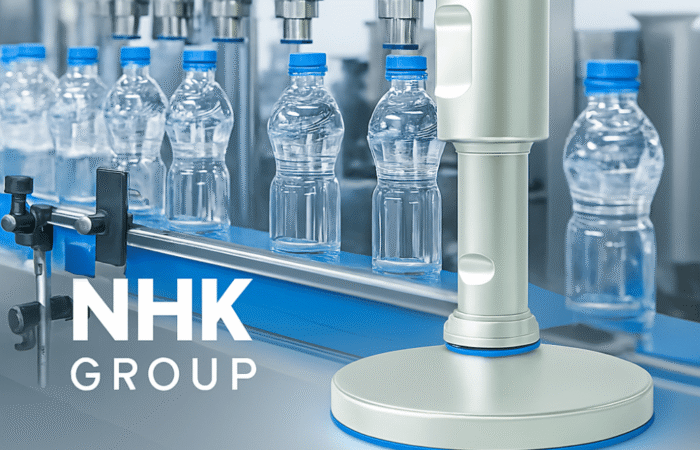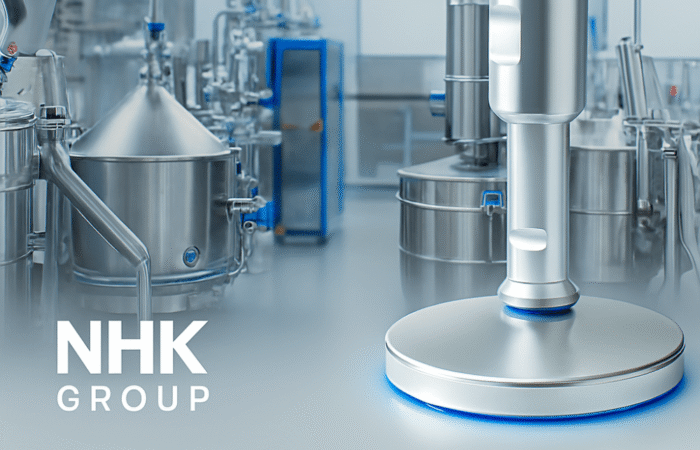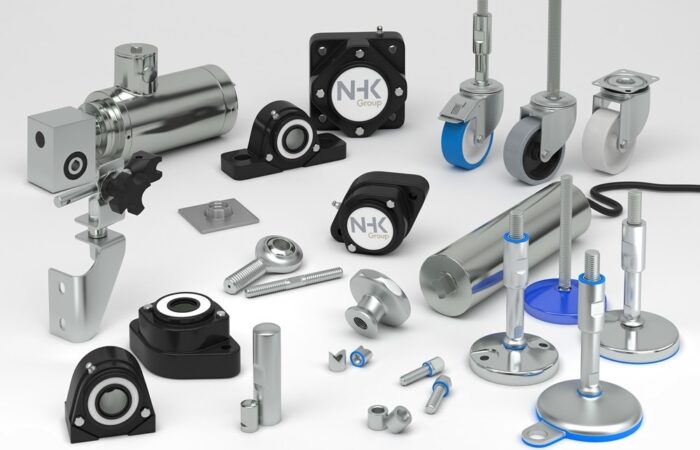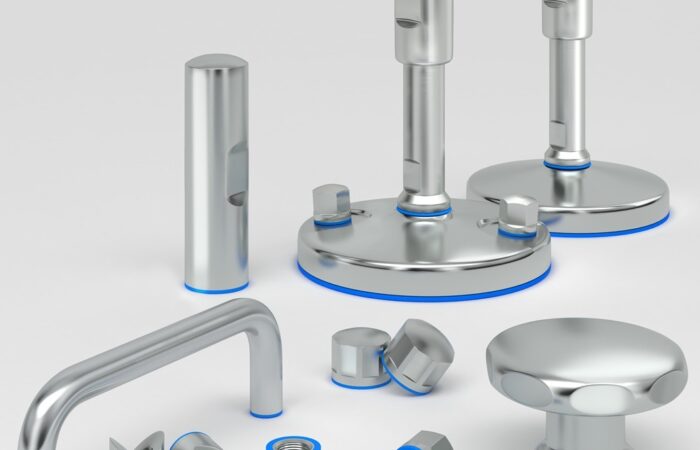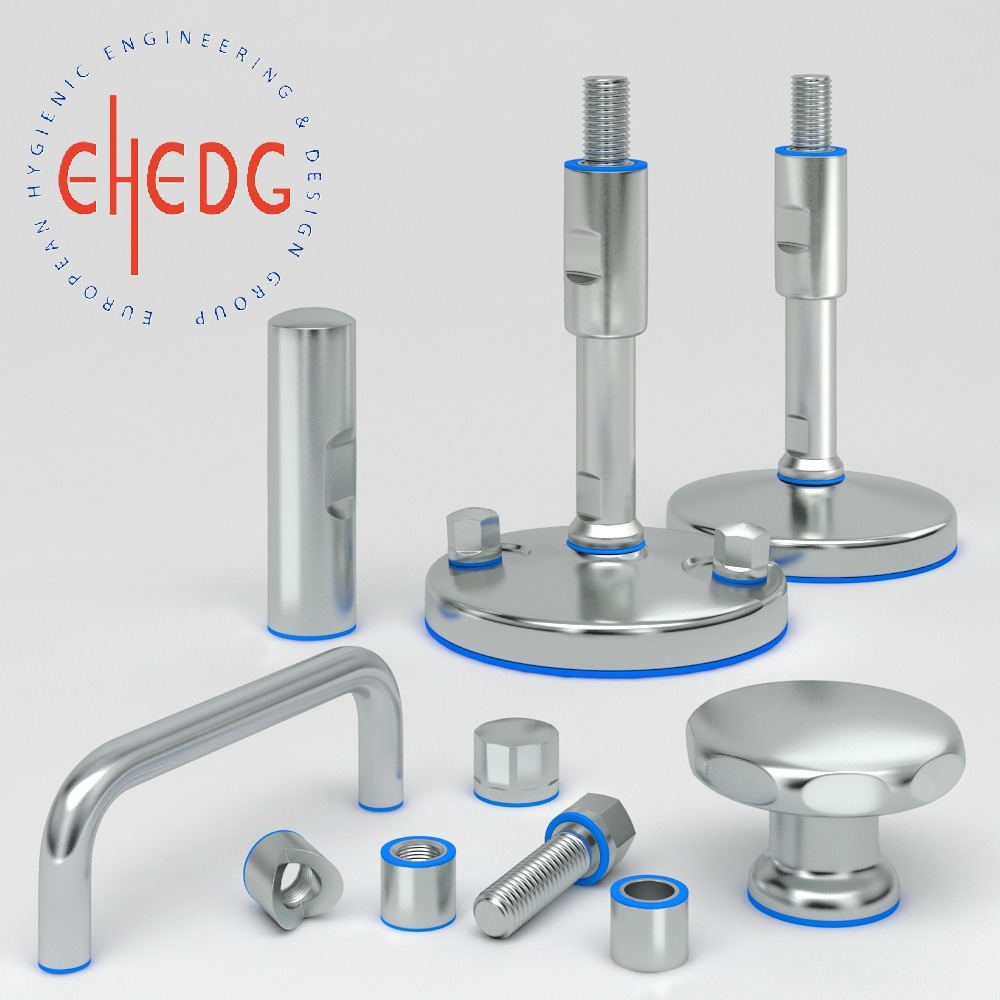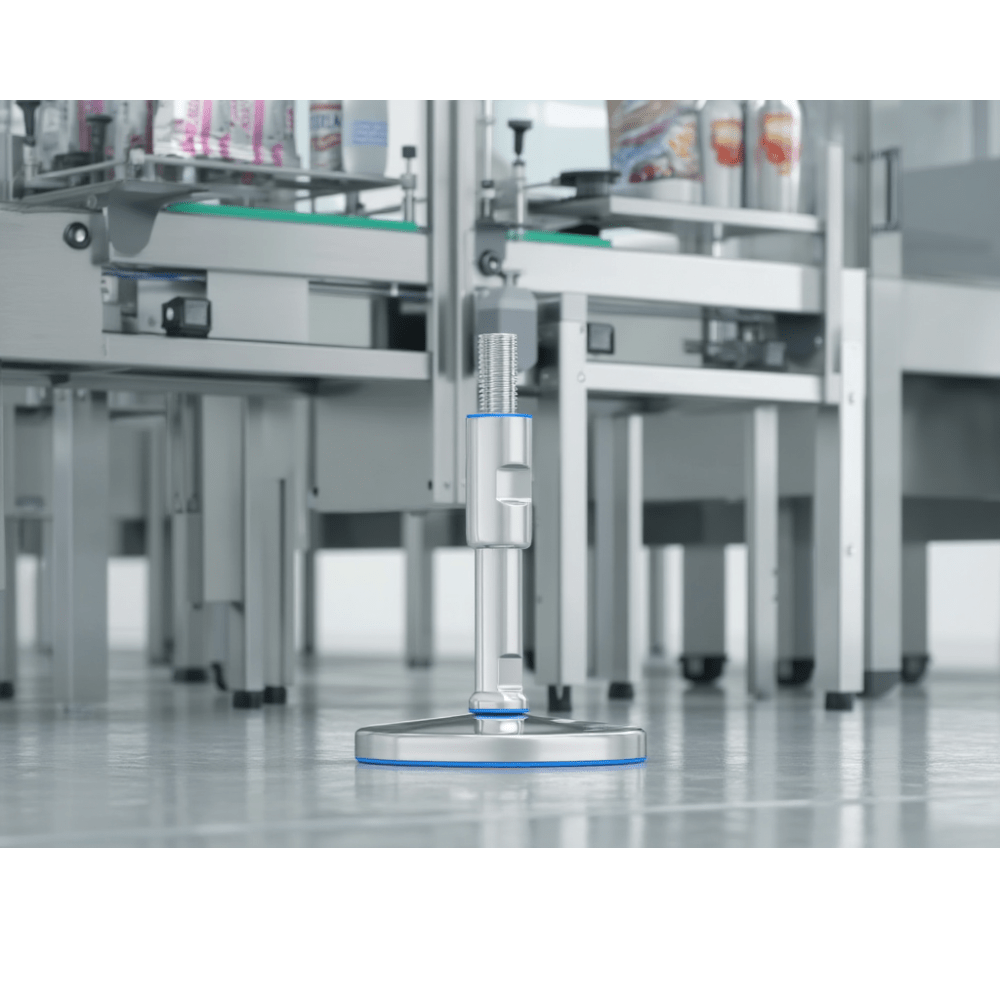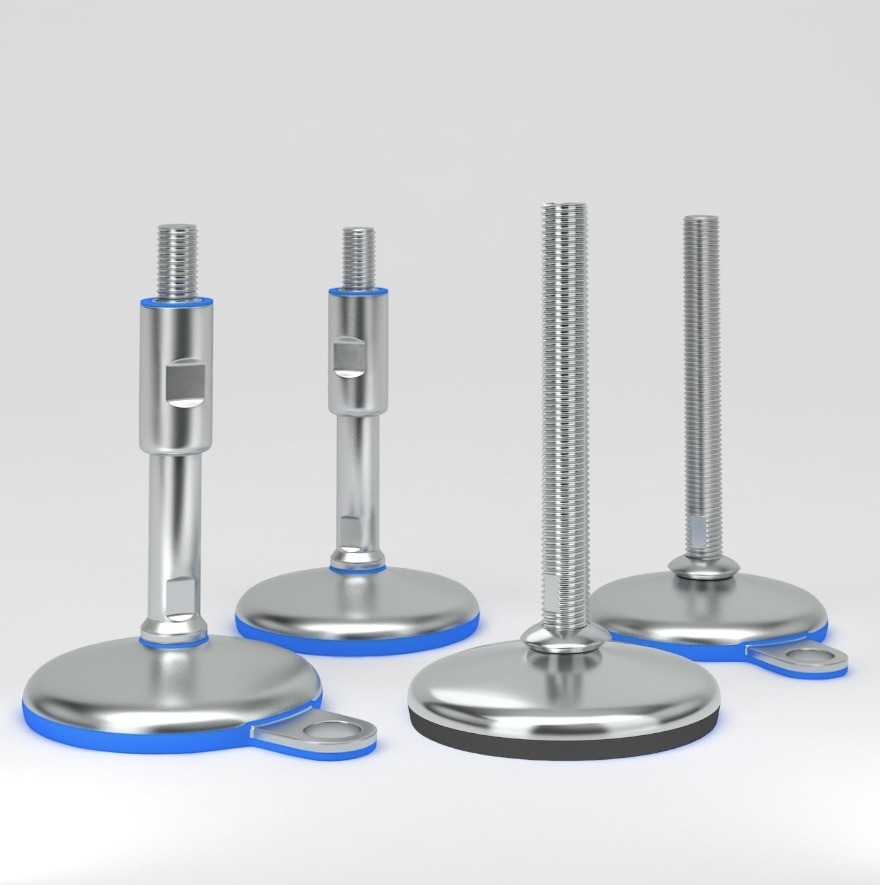
Leveling Feet: Key Insights for Optimal Performance
In the world of industrial machinery and equipment, ensuring precision and stability is vital to achieving optimal performance. One essential component that plays a significant role in maintaining this balance is the leveling foot. Often overlooked, leveling feet are indispensable for adjusting the height and compensating for uneven surfaces, providing both structural support and the ability to align machines properly. Leveling feet are used in diverse industries, from food processing and pharmaceuticals to packaging and biotechnology. Their versatile applications are made possible by advancements in material science, as well as the expertise of leading manufacturers who meet rigorous industry standards. In this article, we will explore the importance of leveling feet, their usage in different industries, the materials used to manufacture them, and how certification and customer feedback contribute to their authority and trustworthiness. Leveling feet are adjustable devices typically made of steel, stainless steel, or plastic. They are mounted on the legs of machines and equipment to provide stability and reduce vibrations, ensuring that machines perform optimally. These components are critical in maintaining a level orientation, which is essential for: The simplicity and effectiveness of these components are why leveling feet are a staple in so many industrial applications. Leveling feet are used across a wide range of industries. Below are four key sectors where these components are essential for optimal performance: In the food processing industry, hygiene and machine stability are paramount. Leveling feet help ensure that machines, such as mixers, grinders, and fillers, remain level, even when placed on uneven floors. Food manufacturers, especially those adhering to strict food safety standards like EHEDG (European Hygienic Engineering & Design Group) or Sanitary Standards, require leveling feet made of materials that can withstand frequent cleaning and sanitization. Case Example: A major dairy production facility used stainless steel leveling feet to stabilize filling machines. This helped reduce maintenance costs and ensured that the equipment remained compliant with hygiene regulations. Pharmaceutical manufacturing requires precision and compliance with strict hygiene standards. leveling feet in this sector help maintain the integrity of machines used for tablet pressing, capsule filling, and packaging. The materials used must be non-reactive and resistant to cleaning agents, making stainless steel the preferred choice. Case Example: A pharmaceutical plant specializing in vaccines utilized leveling feet to adjust machines used in sensitive filling and sealing processes. The precision offered by these components ensured the proper alignment and minimized production downtime. In the packaging industry, the need for stability and accuracy is even greater. Packaging lines often consist of complex systems that require consistent alignment, such as filling machines, labelers, and conveyor systems. Leveling feet help adjust these machines to meet specific requirements, ensuring the packaging process runs smoothly. Case Example: A packaging company specializing in beverages adopted adjustable leveling feet on their bottle labeling systems. This minimized misalignments and ensured high-speed operations without interruptions. Biotechnology companies use machines for research, testing, and manufacturing. These machines often require stable support for delicate equipment, ensuring accurate results in sensitive experiments. Adjustable leveling feet are critical for maintaining machine orientation in laboratories and cleanrooms. Case Example: A biotech research facility used leveling feet to align machines used for cell culture. The precision provided by these feet enhanced research accuracy, while the material’s resistance to chemicals ensured durability. Leveling feet are made from a variety of materials to meet the demands of different industrial environments. The choice of material depends on the application, required durability, and environmental conditions. Here are some of the most common materials used: Stainless steel is the preferred material for leveling feet in industries such as food processing, pharmaceuticals, and biotechnology. Its corrosion resistance, strength, and hygienic properties make it ideal for environments where cleanliness and durability are crucial. For applications where high corrosion resistance is not a primary concern, carbon steel leveling feet offer a cost-effective alternative. They are commonly used in general manufacturing and machinery. Plastic leveling feet are often used in lightweight applications or when corrosion is not a concern. They are typically used in industries like electronics and packaging, where machines are often moved or adjusted. For applications that require shock absorption and vibration reduction, rubber-coated leveling feet provide an additional layer of protection. They are used in environments where equipment needs to stay stationary while minimizing noise and vibration. The performance and reliability of leveling feet depend heavily on the expertise of the manufacturers. Leading companies like NHK Group, Conveyor Parts, and Load Feet are recognized for their dedication to quality, with each offering a wide range of leveling feet suited to specific industry needs. These manufacturers employ advanced engineering techniques to design leveling feet that provide enhanced stability, durability, and compliance with industry standards. Many of these companies hold certifications such as ISO 9001 and EHEDG to ensure that their products meet the highest manufacturing and hygiene standards. When it comes to industrial components, certification is a crucial factor in ensuring product quality and compliance with industry standards. For example, EHEDG (European Hygienic Engineering & Design Group) certification guarantees that leveling feet used in food and beverage industries meet high hygienic design standards. Similarly, ISO 9001 certification indicates that manufacturers follow quality management standards, ensuring that their leveling feet are made to last. Customer Testimony: A global food processing company noted, “We have relied on stainless steel leveling feet from NHK Group for over a decade. Their products have consistently met our high hygiene and durability standards, and their customer service is exceptional.” Leveling feet may seem like small components, but their importance in industrial machinery cannot be overstated. These adjustable components ensure that equipment operates smoothly, efficiently, and without unnecessary wear. From food processing and pharmaceuticals to packaging and biotechnology, leveling feet are a critical part of maintaining machine stability, enhancing performance, and adhering to industry standards. When selecting leveling feet for your machinery, it is essential to consider the material, the manufacturer’s expertise, and the certifications to ensure optimal results. Leading manufacturers with years of experience, such as NHK Group, Conveyor Parts, and Load Feet, continue to provide the highest-quality products, supported by positive customer testimonials and stringent certification standards. By choosing the right leveling feet, industries can ensure the longevity, efficiency, and reliability of their operations.The Importance of Leveling Feet: Key Insights for Optimal Performance
The Role of Leveling Feet in Industrial Machinery
Industries That Rely on Leveling Feet
1. Food Processing
2. Pharmaceuticals
3. Packaging
4. Biotechnology
Materials Used in Leveling Feet
1. Stainless Steel
Advantages:
2. Carbon Steel
Advantages:
3. Plastic
Advantages:
4. Rubber Coated Feet
Advantages:
The Expertise of Leading Manufacturers
Leading Manufacturers:
Certifications and Customer Trust
Importance in industrial machinery
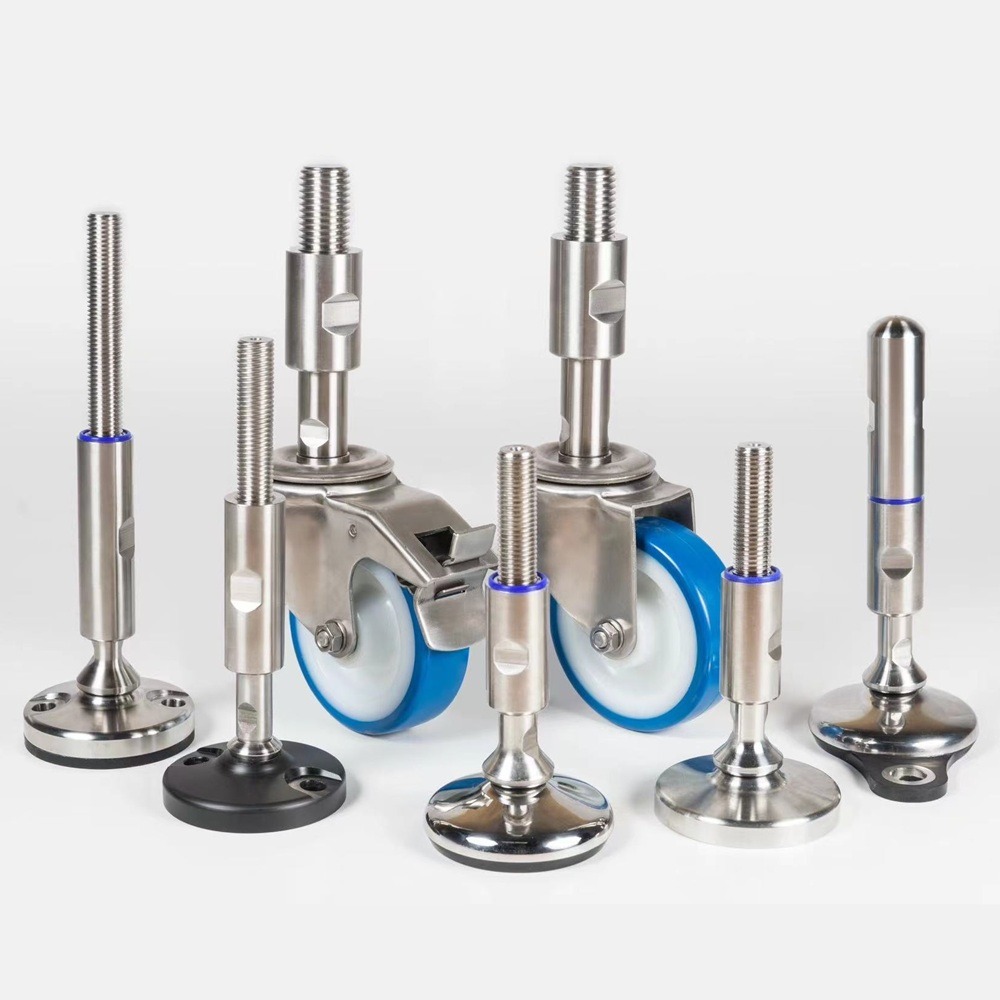
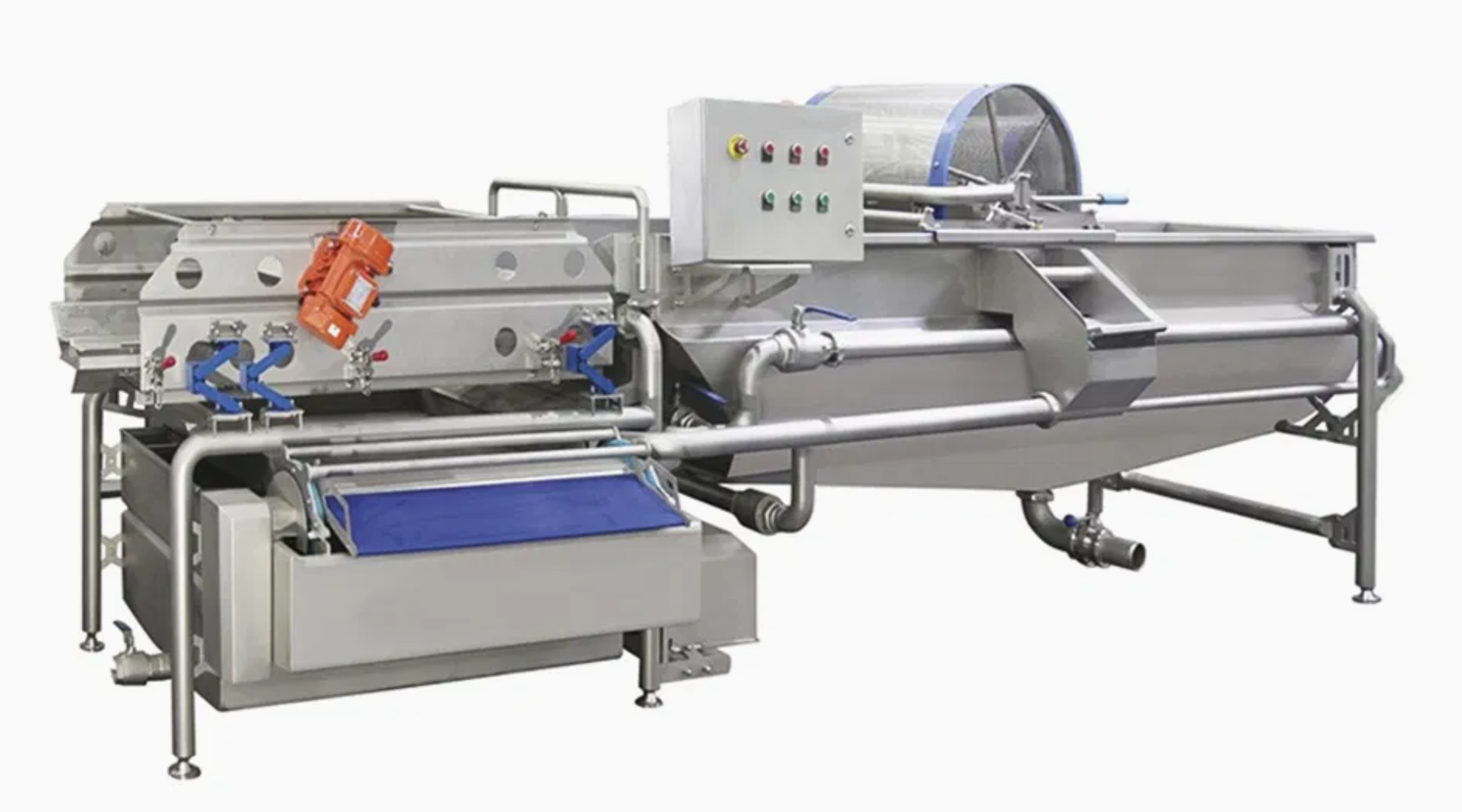
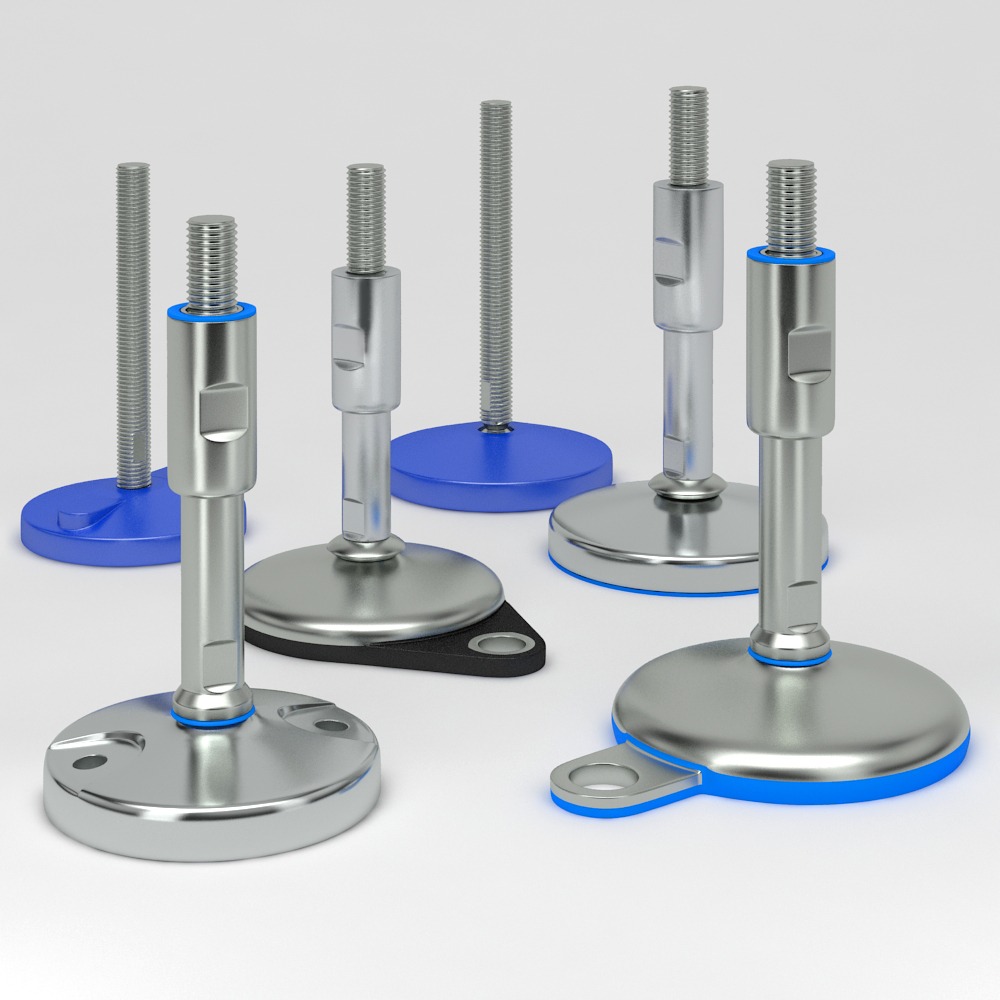
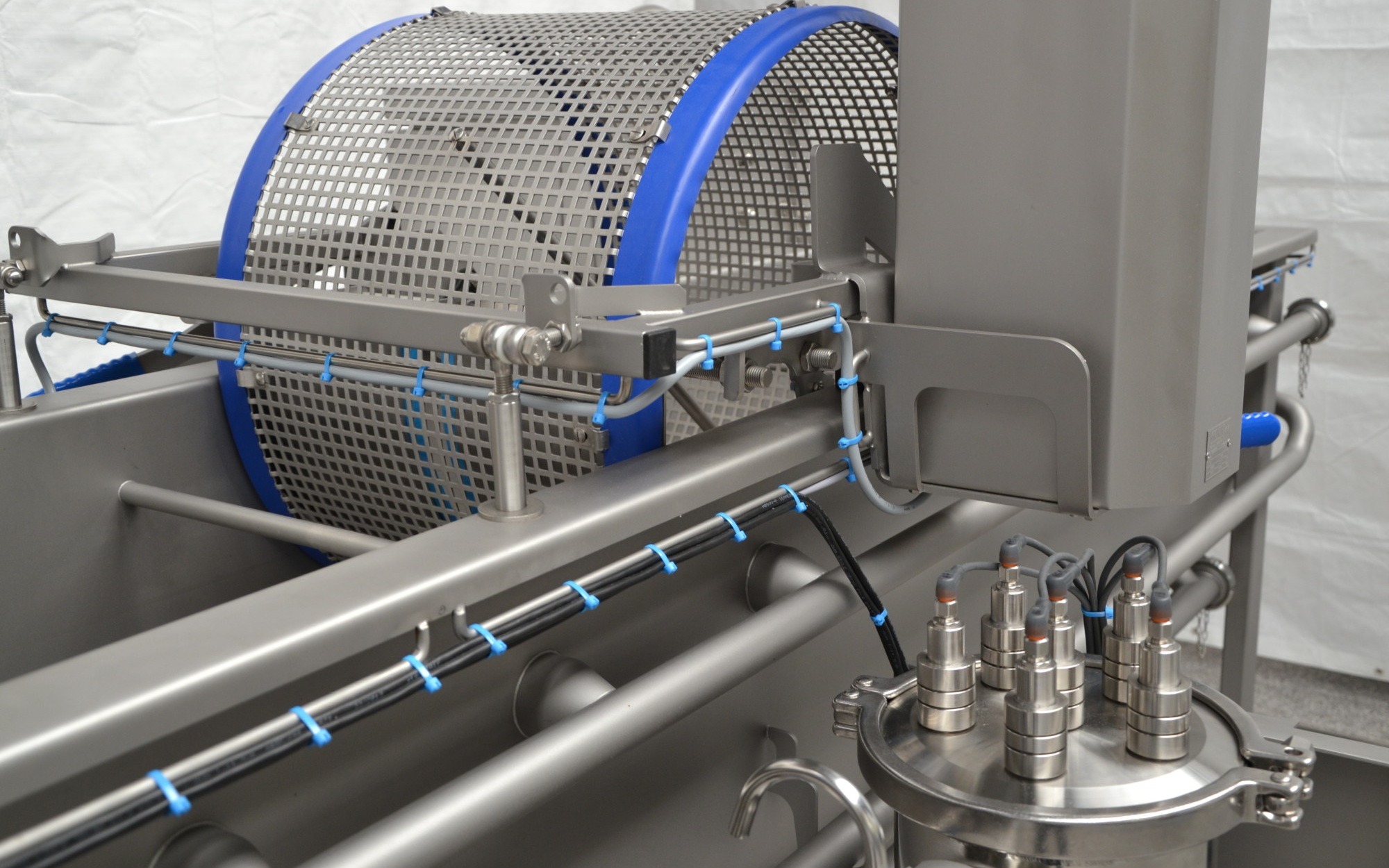
Contact
